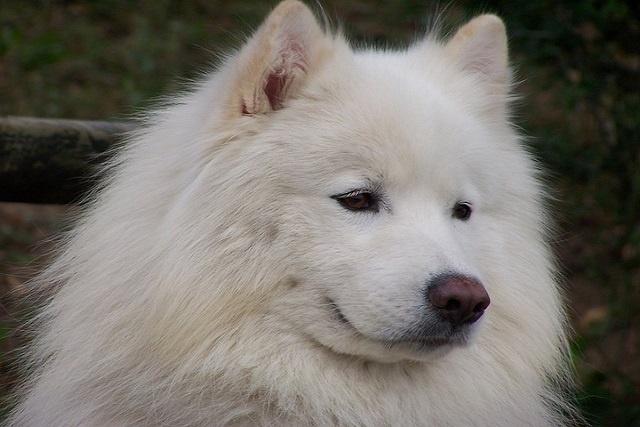
what will seizures do to a dog
Watching your dog experience a seizure is a heart - wrenching sight for any pet owner in the U.S. As a new dog parent, you may be left wondering: What will seizures do to a dog?
When you find your dog licking and biting his paws frequently, or suddenly limping when walking, the distressing feeling is like being repeatedly pricked by a tiny needle tip. Those soft pads may become red, swollen, cracked, or even ooze out a faint trace of blood, like a silent accusation of discomfort. As the "life fulcrum" that is in close contact with the ground, the dog's paws carry the joy of running and the passion for exploration. When this agility is replaced by pain, every touch of ours becomes cautious, hoping to find a good way to comfort it as soon as possible.
The reasons for irritation in the dog's paws are like a complex puzzle, and each piece needs to be checked one by one. The most common trauma factors may be scratches by sharp stones or punctures by glass shards during a walk, or wear and tear of the paw pads caused by walking on rough roads for a long time. I still remember that evening after the rainstorm, I took the dog for a walk on the flooded street, and later found that the broken shells in the mud had scratched its paws - the self-blame brought by this negligence still hurts when I think of it. Allergies are also a cause that cannot be ignored. Pollen, dust mites, certain brands of ear wash solutions, and even specific ingredients in dog food can cause foot eczema or contact dermatitis. Watching the dog chew on the sparse hair paws due to itching, my heart is full of pity. In addition, interdigital inflammation caused by bacterial or fungal infection is like a little devil lurking between the fingers, which will cause redness, swelling, pustules, and even odor on the paws. Especially for dogs that are not wiped dry in time after walking in a humid environment, they are more likely to become victims of such problems.
When you find that the dog's paws are uncomfortable, it's like launching an emergency rescue. First of all, you should soothe the dog's emotions, calm it down with a gentle tone and familiar touch, and avoid resisting inspection due to nervousness. Then gently lift the paw and observe carefully with the help of the light of the desk lamp: if it is a smaller wound, you can use saline to wash away the foreign matter, just like cleaning the battlefield for the injured little soldier, then apply pet-specific antibacterial ointment, and finally bandage it with breathable gauze to prevent licking and biting. Remember to cut off the long hair around the paw before bandaging to avoid bacterial growth. If the wound is deep or the bleeding is large, you must immediately press with a clean cotton cloth to stop the bleeding and send it to the hospital as soon as possible. Every minute at this time carries awe for life.
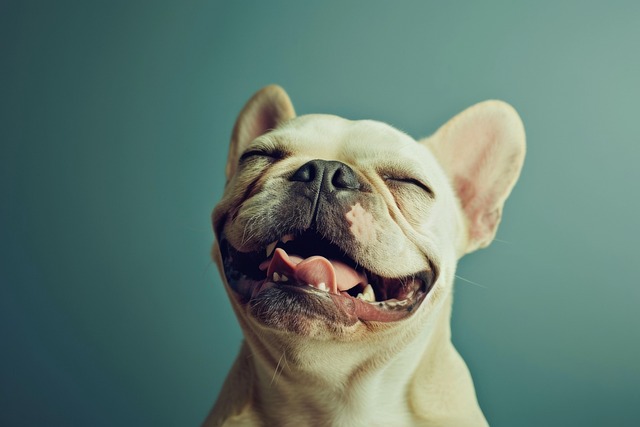
After the initial treatment, it is more important to explore the root cause behind the irritation. If you suspect that it is caused by allergies, you need to review the recent life details like a detective: whether you have changed new dog food, used different disinfectants, or visited a park with high pollen concentration. Allergen testing can be performed under the guidance of a veterinarian, and antihistamines can be taken to relieve symptoms if necessary. During the days when I was repeatedly tossed because of unknown allergens, I recorded the dog's diet and activity trajectory every day, just like writing a special diary, and the words were full of expectations for healing. For infectious problems such as interdigital inflammation, the veterinarian may prescribe antibiotic ointment or oral medication, combined with medicated bath treatment. Every time the ointment is applied, the dog will resist a little, but when seeing the concern in our eyes, it will slowly calm down, as if it understands that this is to make it get better as soon as possible.
Daily care is the first line of defense to protect the health of the dog's paws, and it contains countless warm details. Every time you come back from a walk with the dog, gently wipe the paws with a soft towel soaked in warm water, focusing on cleaning the dirt between the fingers, just like giving the hard-working little feet a soothing SPA. Remember to choose a non-irritating pet-specific foot cream, and apply it to the paw pads every day in the dry autumn and winter seasons to prevent dryness and cracking. In the cold winter, I found that the dog's paw pads had fine cracks. I insisted on applying foot cream containing shea butter every day. Watching the cracks gradually heal, I was full of relief. Regular trimming of the paw hair is also very important. Too long hair is not only easy to hide dirt, but also affects the dog's grip. When trimming, use round-headed pet-specific scissors to avoid hurting sensitive skin.
In addition to physical care, psychological comfort should not be ignored. When a dog is depressed due to pain in the paw, we can prepare a soft mat for it to minimize the pressure on the injured paw. Use interactive toys to play gentle games to divert attention, such as gently rolling a rubber ball, so that the dog can maintain a happy mood without strenuous exercise. During that time, the daily "toy time" became the most anticipated moment for the dog. Seeing the light in its eyes light up again, it seemed that the pain was also relieved. During the recovery period, reduce the frequency of going out, avoid letting the paw contact the ground that may cause irritation, and lay non-slip mats at home to create a safe and comfortable recuperation environment for the dog.
Watching the once lively dog running happily again, the hair on the paw becomes smooth and soft again, the joy is like the melting snow in spring, with the hope of rebirth. This experience of fighting paw irritation has made us more aware of every subtle change in the dog's body, and also made the trust between each other deeper in the care of each other day and night. When we gently touch the soft paw pads with our fingertips and feel the warmth of life, the nights spent trying to find the cause of the disease and the moments of careful care have all turned into a deep understanding of the word "family". May every gentle moment of leaning over to wipe the paws and every gentle comfort when applying ointment become the warm light in the dog's memory, illuminating every step of their healthy growth.

Watching your dog experience a seizure is a heart - wrenching sight for any pet owner in the U.S. As a new dog parent, you may be left wondering: What will seizures do to a dog?
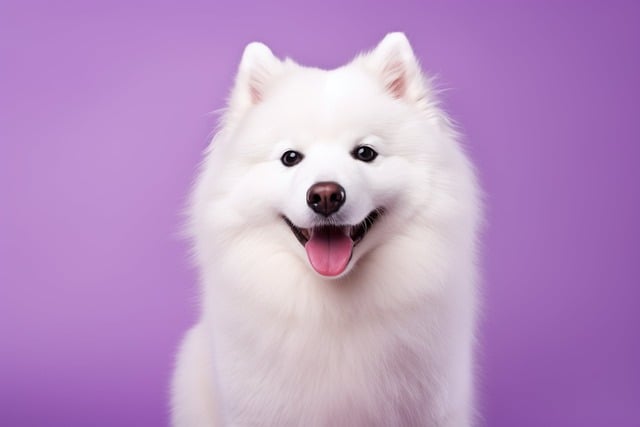
Picture your Beagle, Charlie, suddenly collapsing in your New York apartment kitchen. His legs paddle wildly, jaw chomping at the air, eyes glazed—terrifying, helpless, and utterly disorienting.
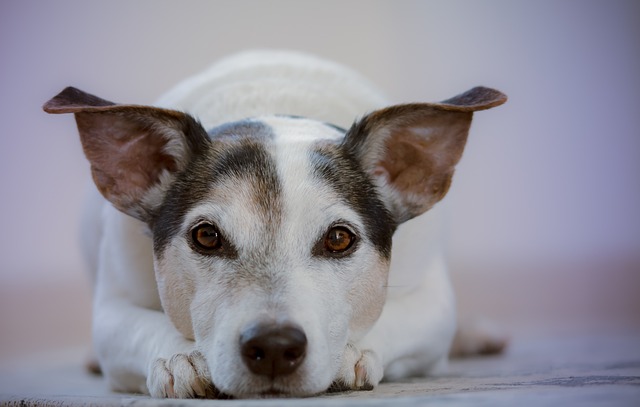
Discovering your dog injured is a heart - stopping moment. Panic might set in, but your calm actions in these crucial moments can make all the difference, both for your pet’s well - being and in complying with animal welfare regulations.
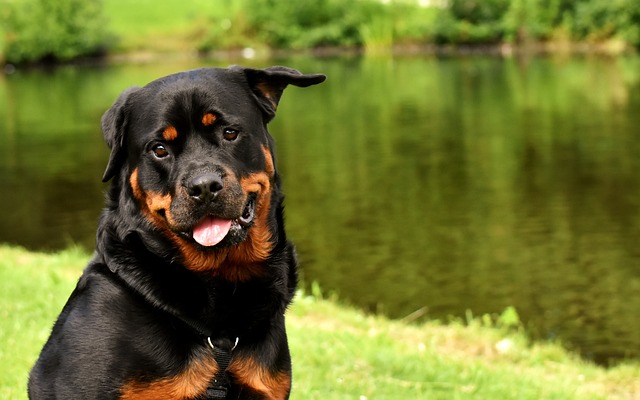
You’ve just noticed your dog showing concerning symptoms like a swollen belly, restlessness, and unproductive vomiting. Panic sets in as you wonder: how long can dogs survive with GDV?

You’ve welcomed a new dog into your home, and as you watch them shy away from visitors or cower at the sight of a friendly face on a walk

For many dog owners, skipping nail trims might seem like a harmless oversight, but it can snowball into serious issues—both for your pet’s health and your legal responsibilities.